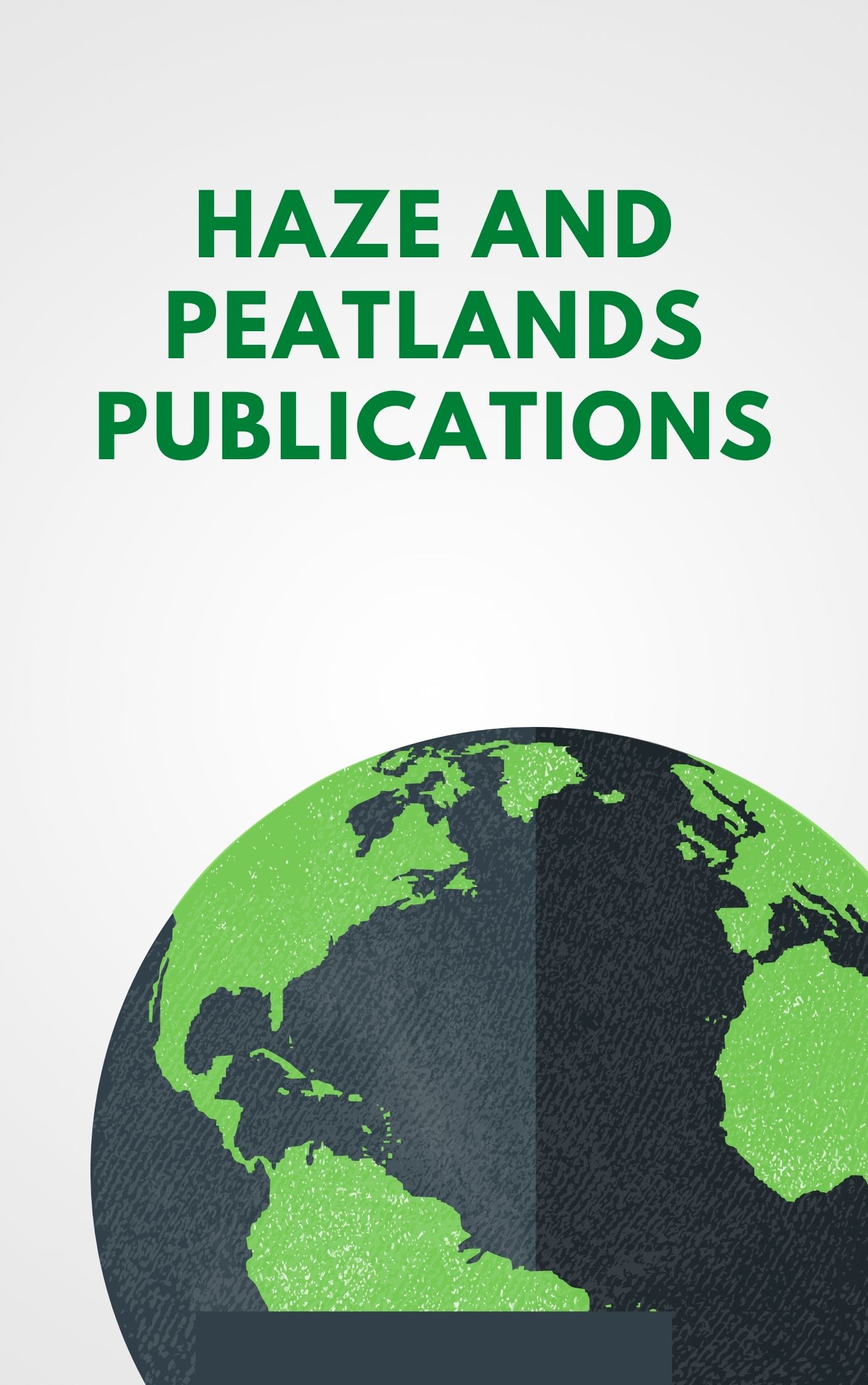This study aims to use chitosan and ceramic membranes to decrease the pollutant in peat water. We used a range of chitosan from 100 to 400 mg/L, and fabricated the ceramic membrane using a composition of 50 % clay, 25 % sawdust, and 25 % silica sand. This study examined the water parameters, including acidity (pH), chemical oxygen demand (COD), biochemical oxygen demand (BOD), total dissolved solids (TDS), and concentrations of iron and manganese. The results indicated that a dosage of 200 mg chitosan for 30 min achieved the highest removal of hybrid coagulation and ceramic membrane, removing 81.58 % COD, 89.5 % BOD, 29.11 % TDS, 66.81 % iron, and 73.85 % manganese, respectively. In addition, the pH increased by 33.89 %. SEM analysis revealed an increase in metal ions on the ceramic membrane surface. Researchers have demonstrated the effectiveness of ceramic membranes composed of silica sand, sawdust, and natural clay in separating organic matter from peat water. The results suggest that the combination of hybrid coagulation and ceramic membrane can produce clean water, as outlined in Government of Republic Indonesia Regulation No. 22/2021.
View source

